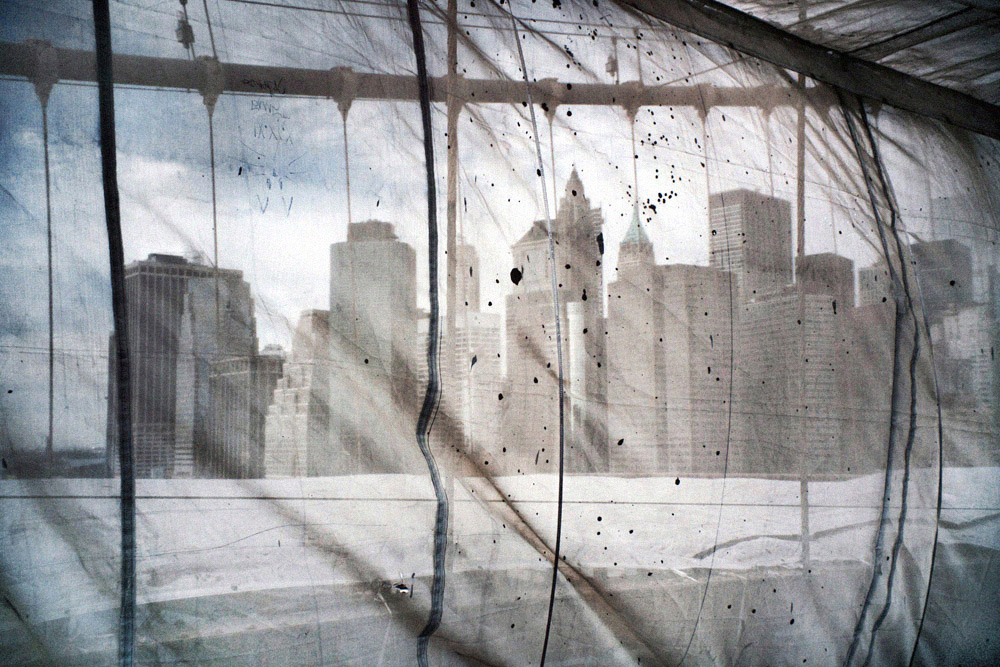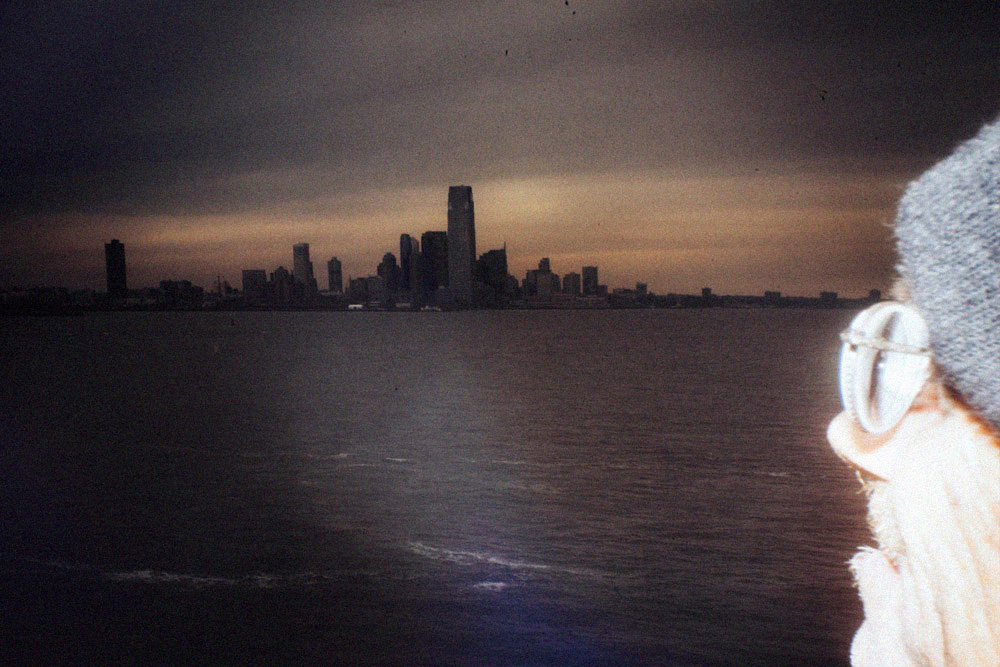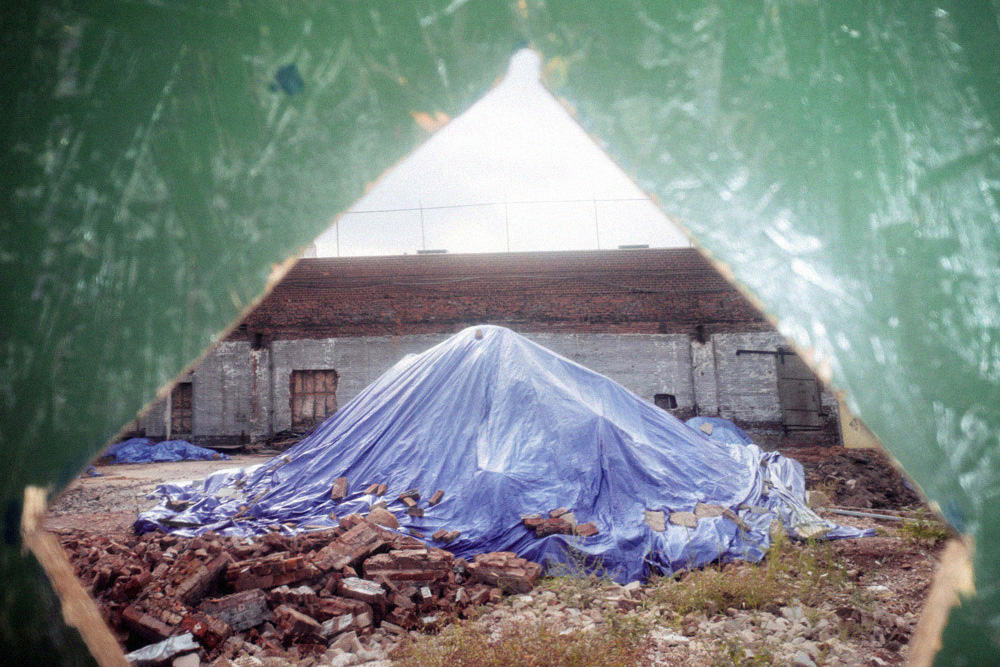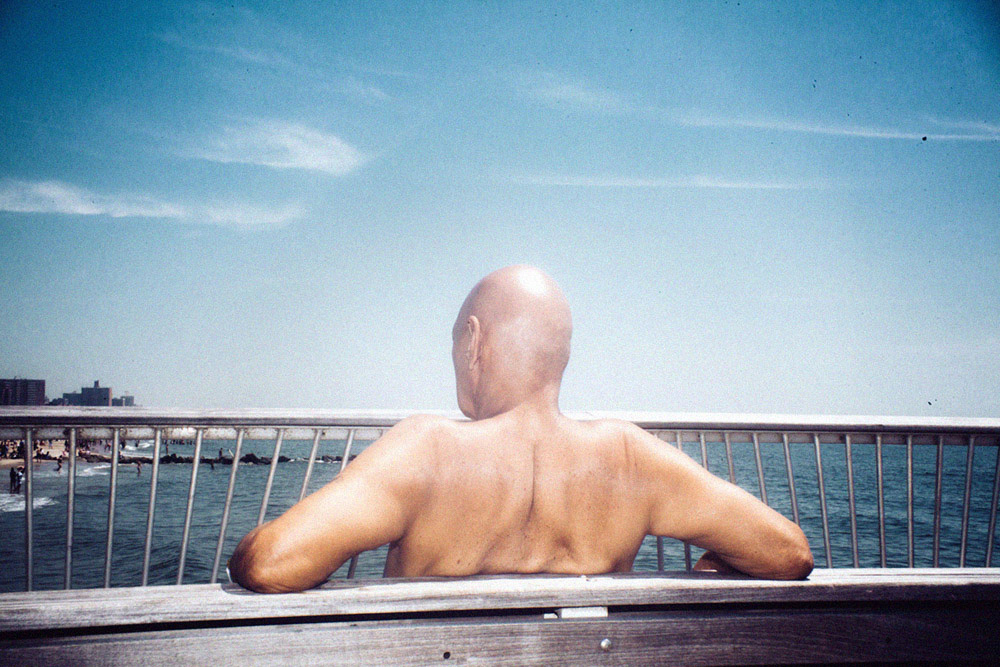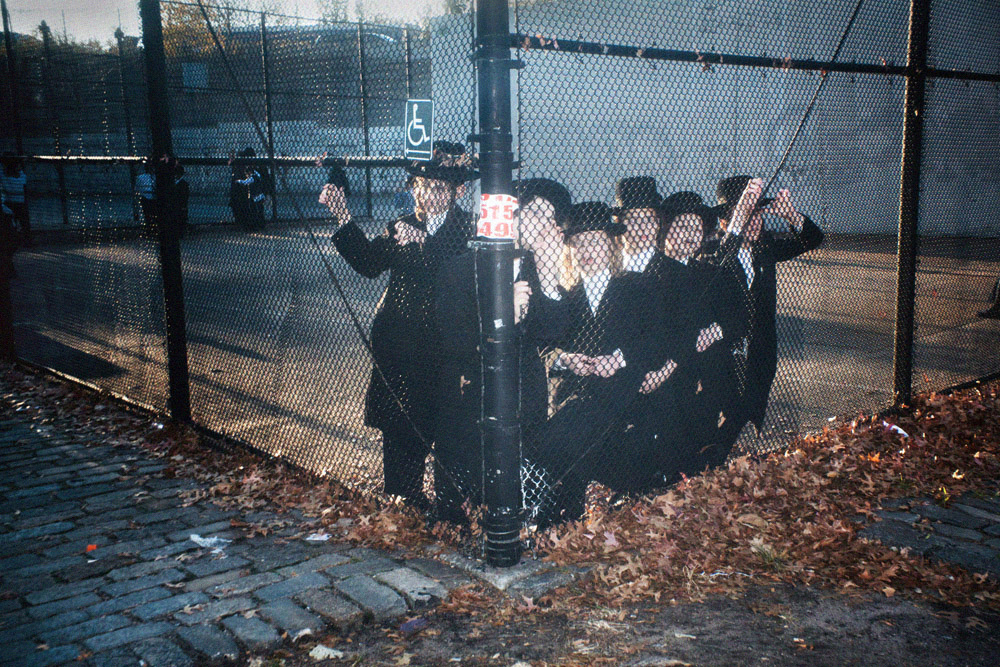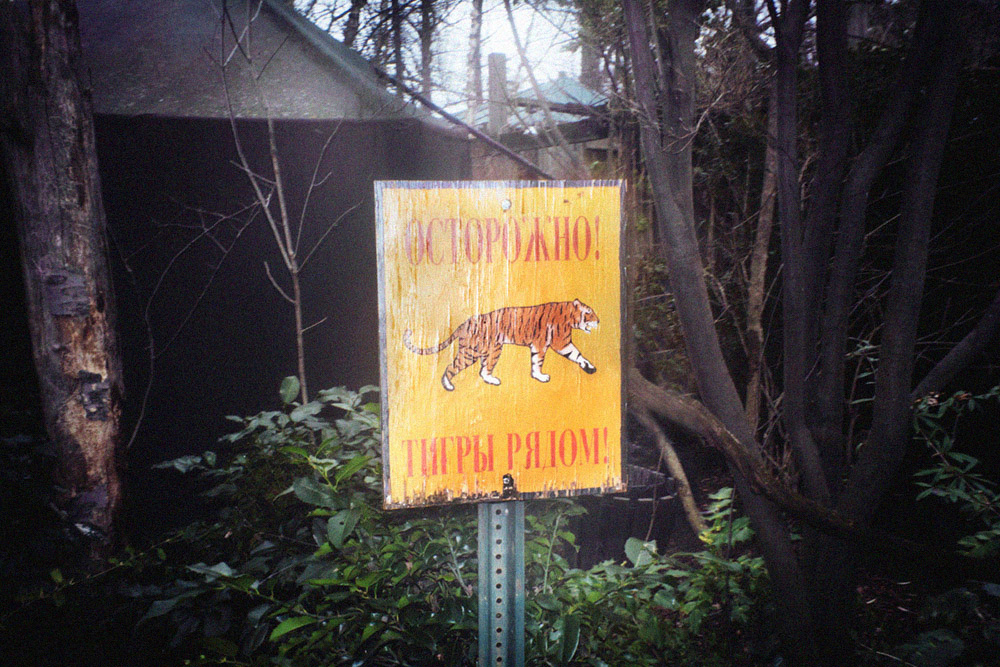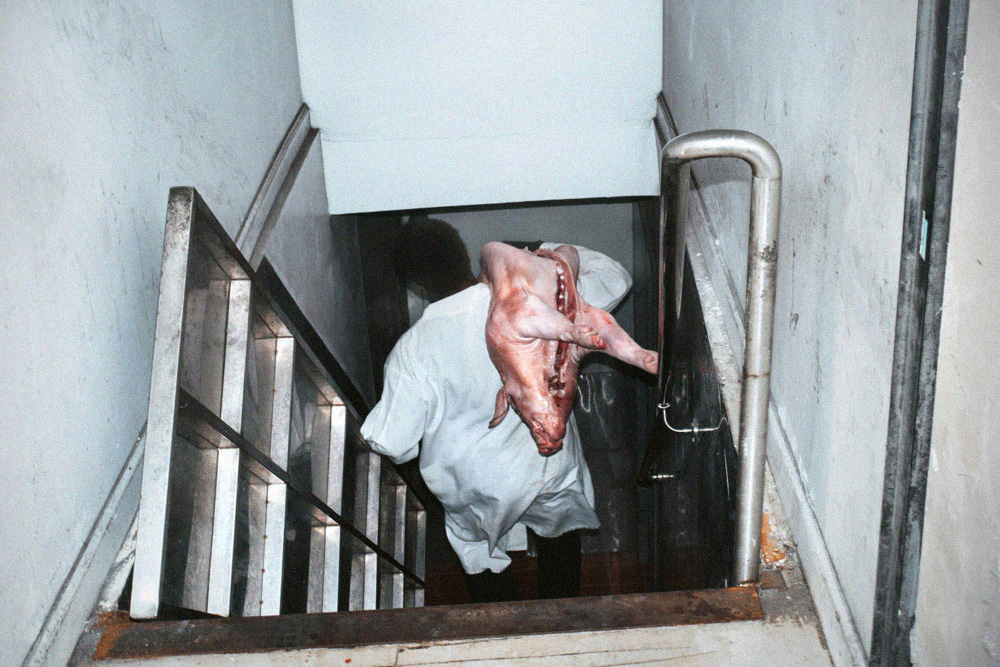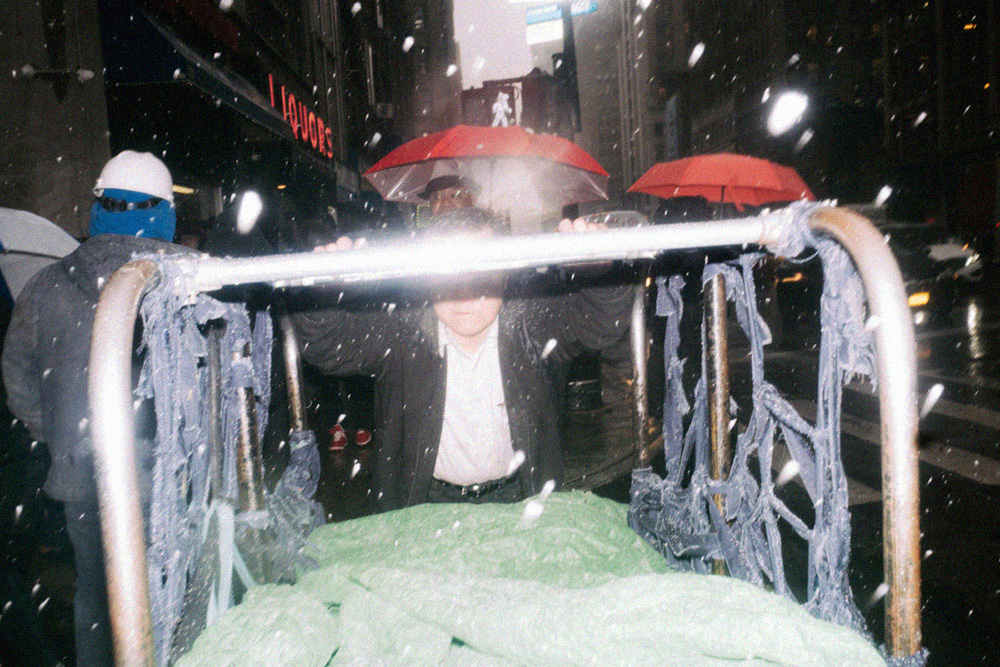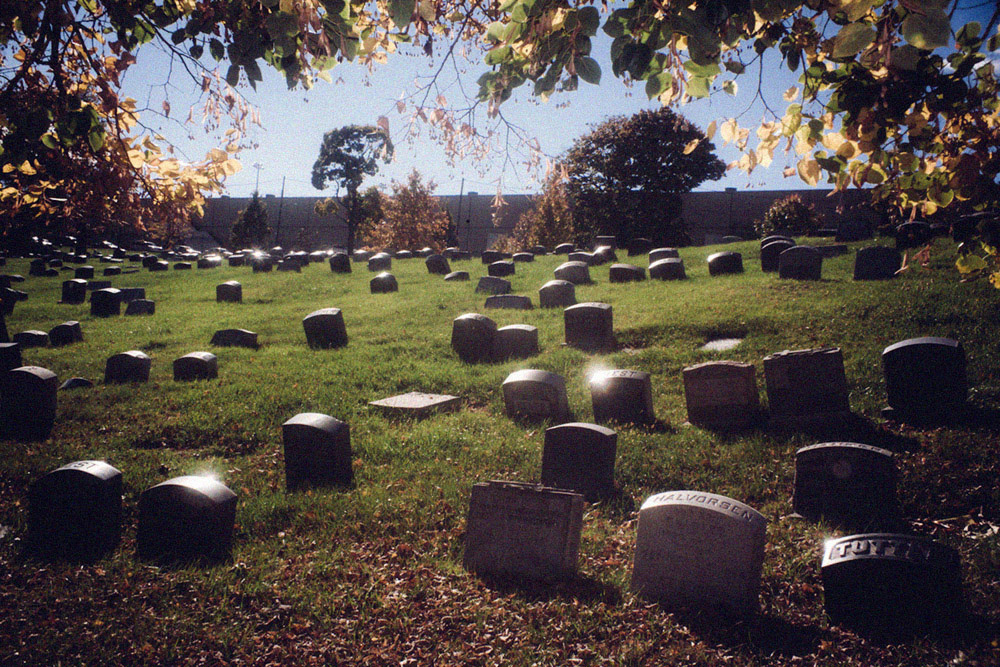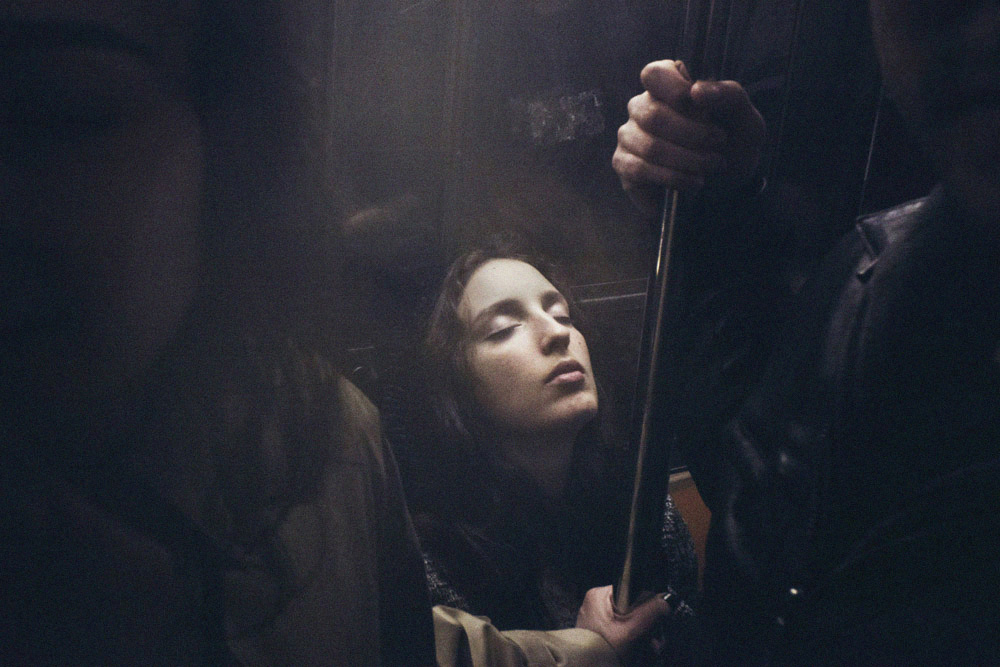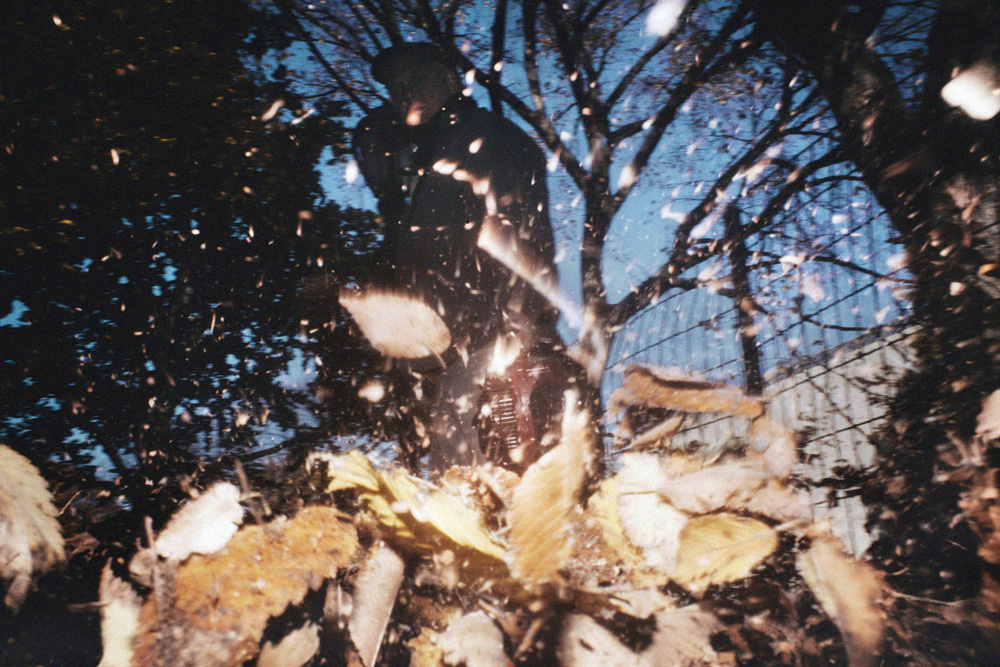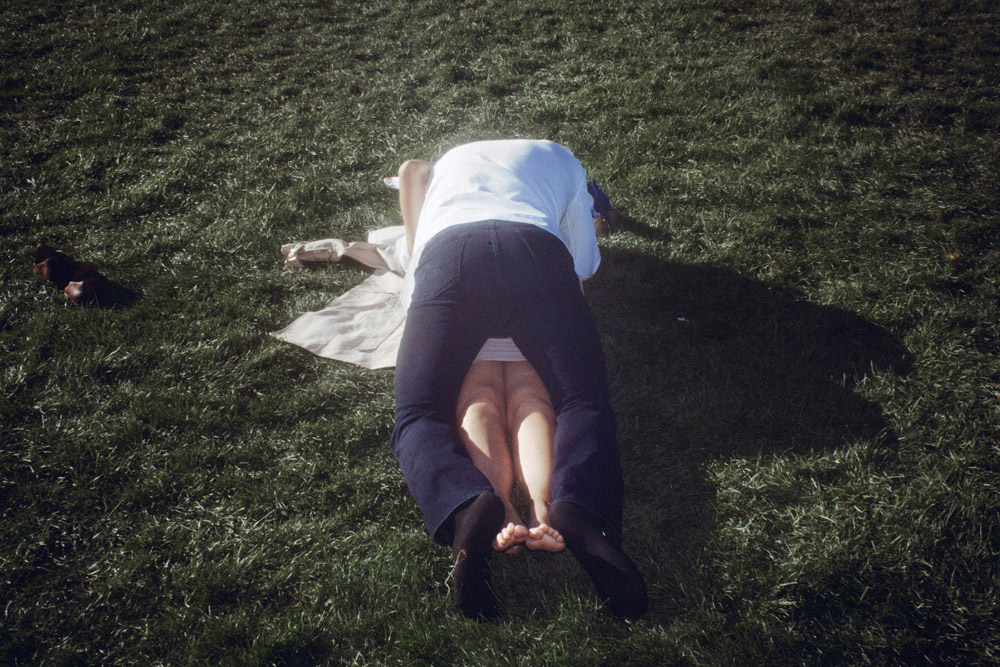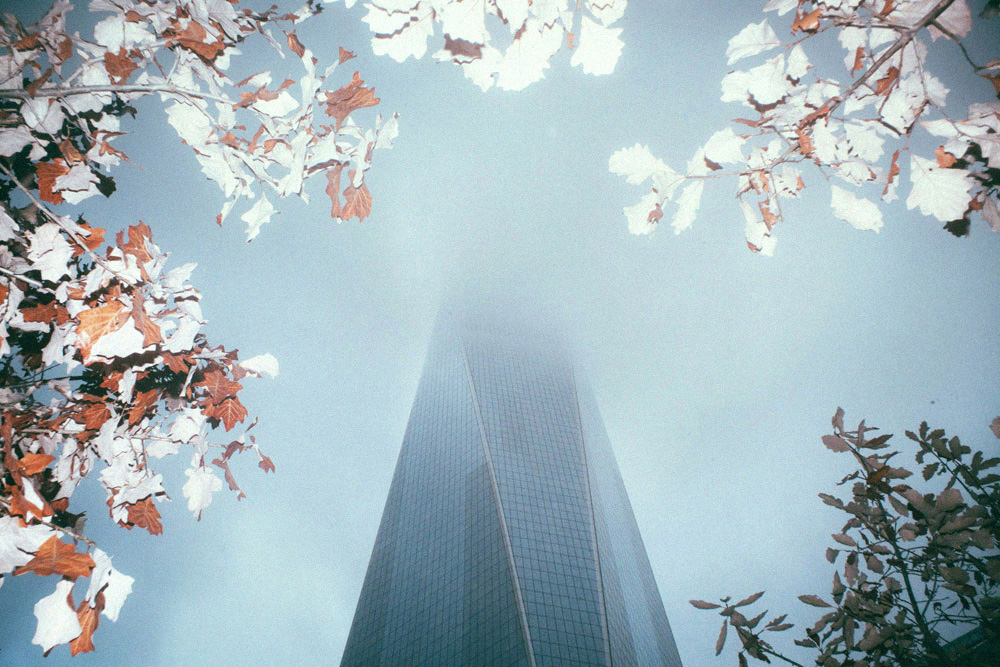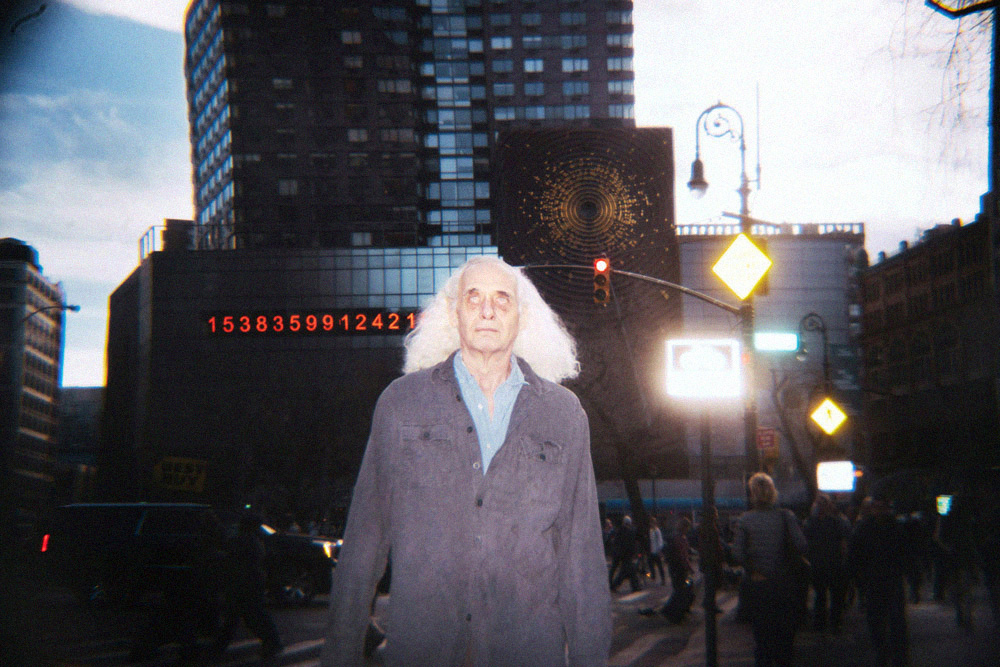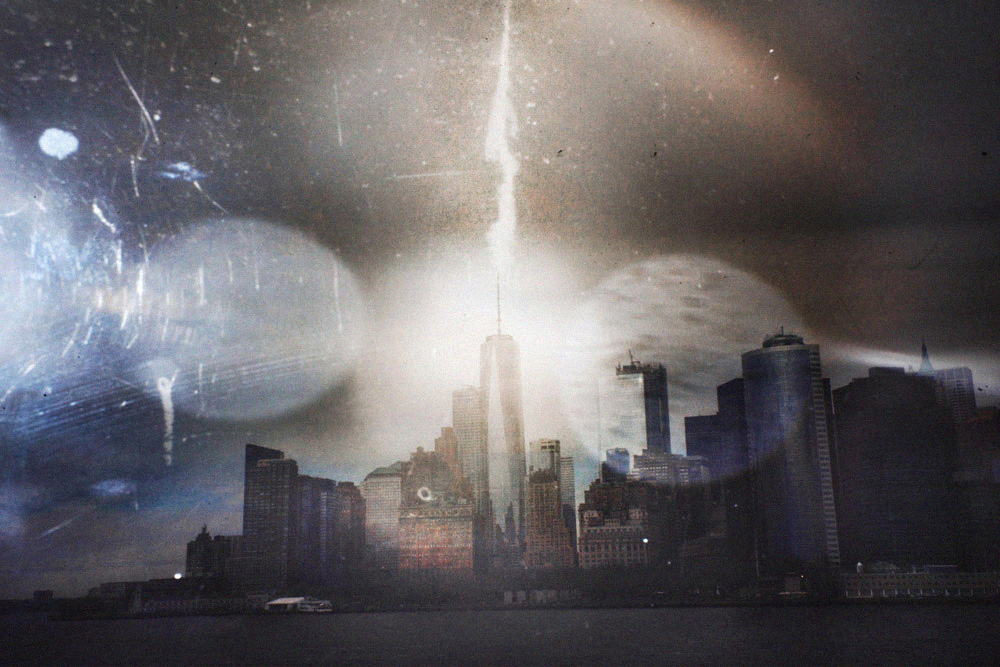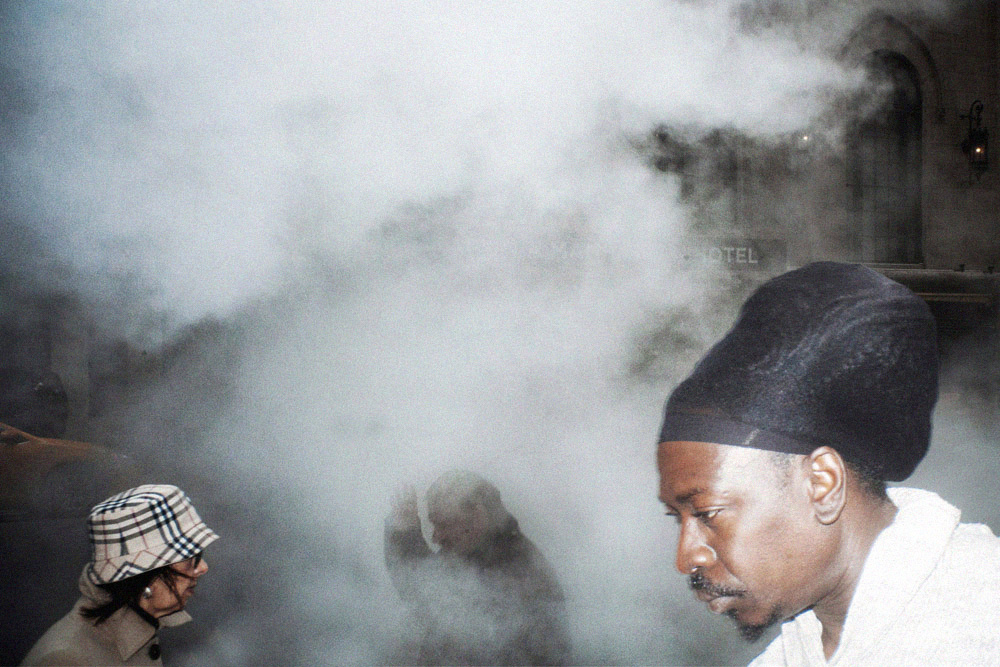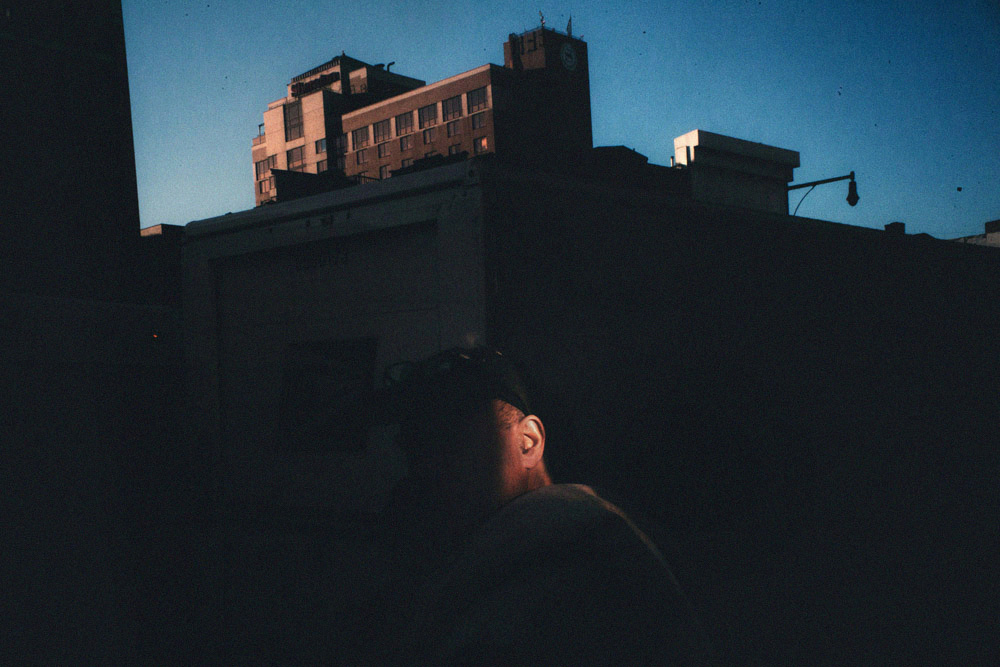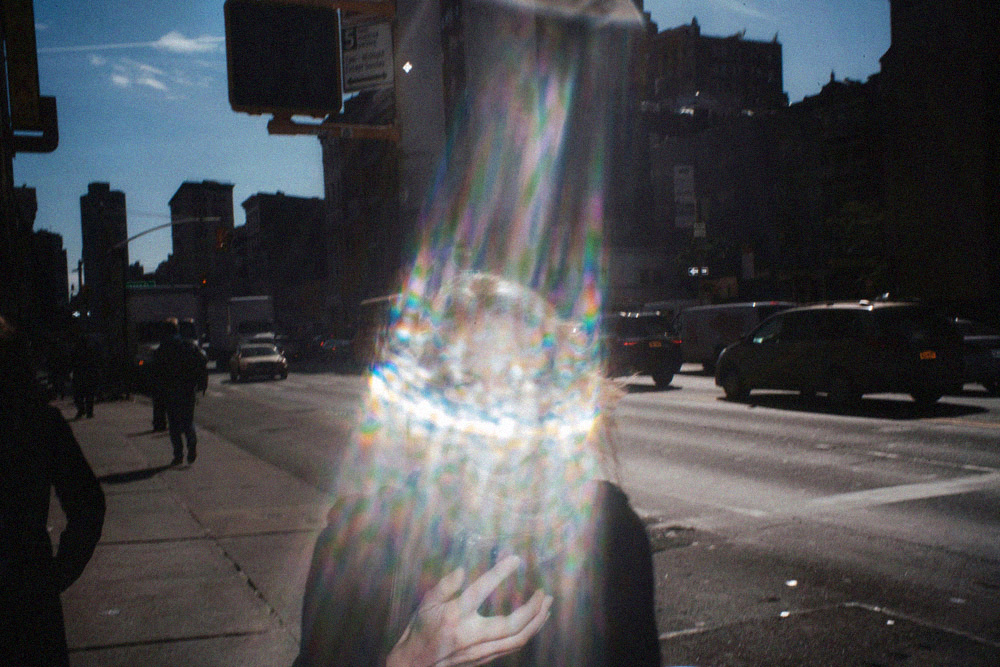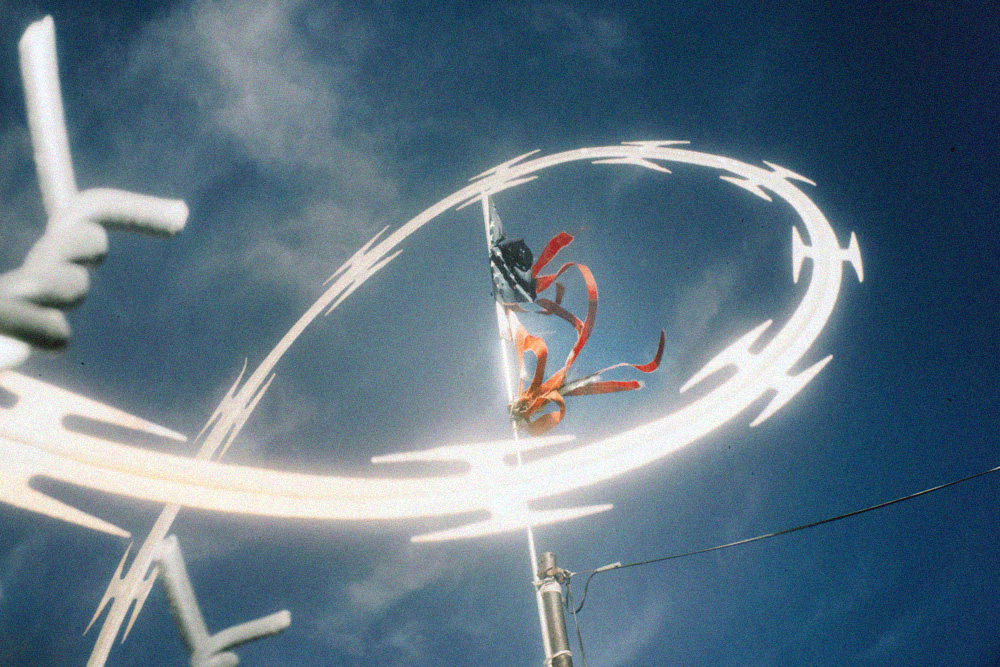Charalampos Kydonakis: Warn’d in Vain
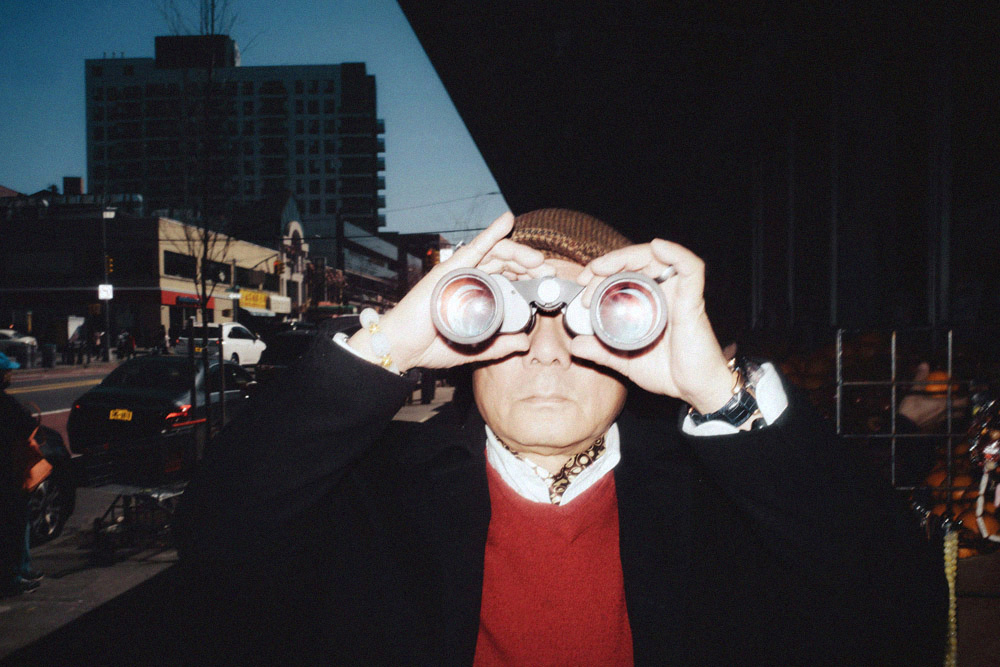
© Charalampos Kydonakis
Projects featured this week were selected from our most recent call-for-submissions. I was able to interview each of these individuals to gain further insight into the bodies of work they shared. Today, we are looking at the series Warn’d in Vain by Charalampos Kydonakis.
Charalampos Kydonakis, aka “dirtyharrry,” is an architect & amateur photographer based in Crete. His inspiration comes mainly from Sam Peckinpah, Akira Kurosawa, Luis Buñuel, Nikos Kazantzakis , Fransisco Goya, Max Ernst, Weegee, Diane Arbus, and Mark Cohen. He is the editor of the ‘dirty blog‘ and he is a member of the UP collective. Published work includes I hate Sundays (Void, Athens, 2017) and Warn’d in Vain (self published, 2018).
Warn’d in Vain
‘Warn’d in Vain’ is a twin book of ‘Back to Nowhere‘, a parallel Minotaur tale from Crete. ‘W.I.V’ is a stranger’s questionmark inside the world’s most photographed city; made between the years 2014-2017 that I spent 7 months on the other side of the ocean. ‘B.T.N’ was made between 2009-2017 on my island; the only place I ‘ll never have the chance to see how it looks in the eyes of a stranger.
Daniel George: You mention that this series is inspired by a tale in Greek mythology. In what ways does your journey and exploration parallel that of the Argonauts?
Charalampos Kydonakis: After 1-2 months in NYC I tried to search for connecting lines between my presence there and what I came across inside the Metropolis. The Argonautica myth gave me some ideas to sequence my thoughts in this place across the ocean; a contemporary Colchis, the city that was considered the end of the ancient world. Gradually I started searching for metaphors that could form something after my time in the city would expire. I don’t know if i found out where the Golden Fleece was hanging, but the people i met, the things i hadn’t seen before and the journey itself were worth the ride anyway.
DG: Tell me more about the relationship between this project and Back to Nowhere, and the connection you see between Crete and NYC. And why did you feel it was important to publish these as companion pieces?
CK: My initial thoughts in NYC were about making a book that would combine images from both NYC & Crete. Relatively quickly I quit this idea as I saw that it was turning into a kind of direct juxtaposition in which I couldn’t find any meaning. So I decided to focus in each project separately and make two twin-tomes that would be different enough, but under a common background. There is a main difference between the two books that I feel is also their connecting element : ‘W.I.V.’ is a stranger’s question mark inside the world’s most photographed city, “B.T.N.’ on the other side is my view on my island, the only place I won’t be able to see how it looks in the eyes of a stranger.
DG: We are seeing a small edit of a much larger body of work. And I imagine that you are a very prolific image-maker—in terms of the quantity of photographs made. What goes into your editing process? Do you make work with a narrative in mind, or does that emerge later on?
CK: After i made my ‘dirty blog’ I started searching & editing other people’s work and this helped me start editing my own stuff too. The ideas of the projects I am trying to develop were not born beforehand, but at the same time, just shooting without anything behind it can’t lead anywhere. What I’m trying to do now is find a balance between the total freedom of discovering what’s out there and the existing thoughts in the back side of my mind about how all these things can be connected in the future. Publishing the ‘Warn’d in Vain’ & ‘Back to Nowhere’ books’ was a big lesson for me, there were things I hadn’t thought at all, but if you don’t try and experiment you can’t fail or end up to anything. After that, I’m trying to process the idea-shooting-editing-book designing simultaneously whenever it’s possible. Sometimes the process is more clear this way, sometimes more chaotic.
DG: As I look at these photographs, I see a focus on the life that people interject into a city—and how they define or characterize a place. As you navigate the world with your camera, what do you find most arresting, and what prompts you to make an image at that moment?
CK: Even if every photographic work is a witness of its time and place, my intention is not to document or depict some kind of ‘truth’ as I think objectivity is something that doesn’t really exist. Generally I’m more aware of what I’m not interested in, rather than what I am interested in… In the beginning I was looking for decisive moments, but I don’t think I’m really searching for them now. I can find the same excitement in a landscape or whatever. As years pass by, when I look at my images I realize there are certain things that attract my attention and this is sometimes annoying when I feel that I’m recycling around similar thoughts. Most times making something out of nothing proves to be a difficult task, still there’s always the hope of a surprise around the next corner and this is a motivation to keep walking towards it.
Posts on Lenscratch may not be reproduced without the permission of the Lenscratch staff and the photographer.
Recommended
-
Salua Ares: Absense as FormNovember 29th, 2025
-
Ricardo Miguel Hernández: When the memory turns to dust and Beyond PainNovember 28th, 2025
-
Pamela Landau Connolly: Columbus DriveNovember 26th, 2025
-
KELIY ANDERSON-STALEY: Wilderness No longer at the Edge of ThingsNovember 19th, 2025
-
Jackie Mulder: Thought TrailsNovember 18th, 2025

